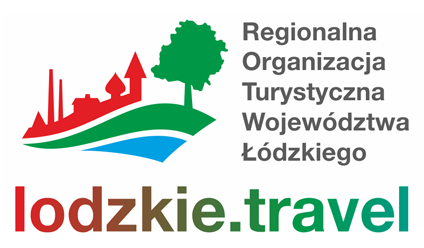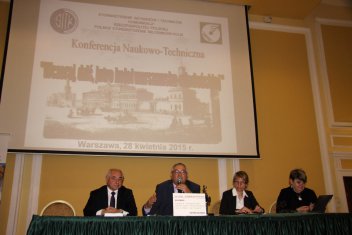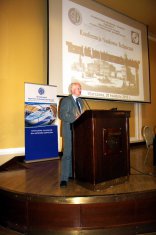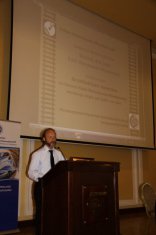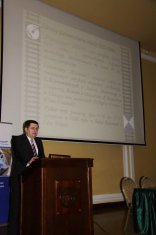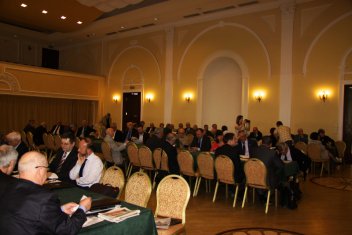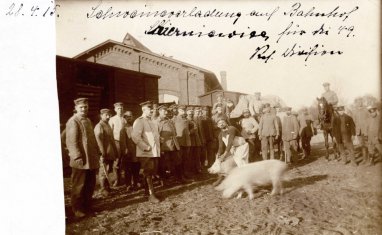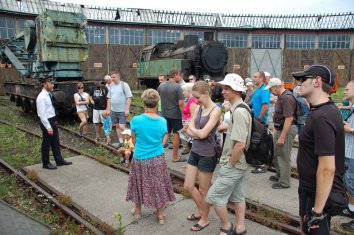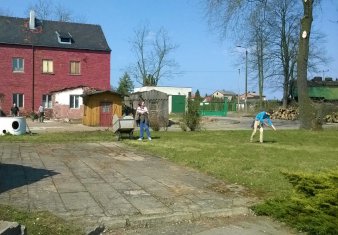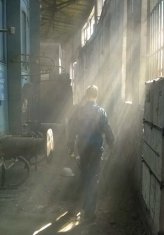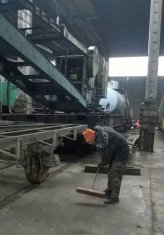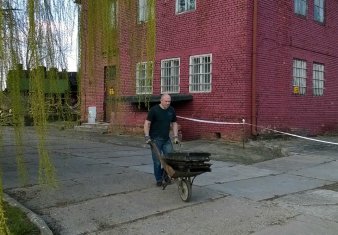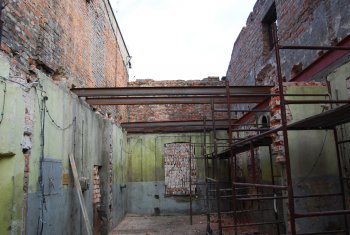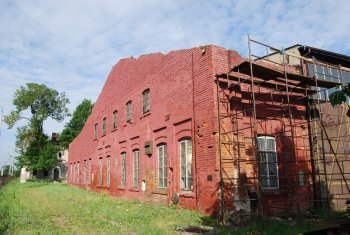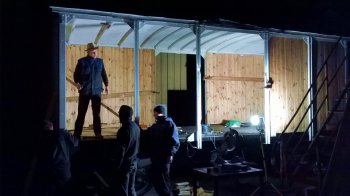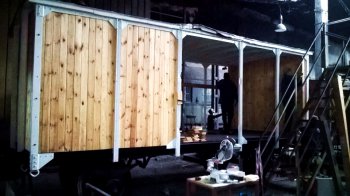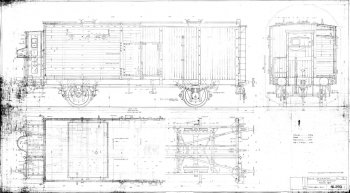The conference “Yesterday, today, tomorrow of Warsaw-Vienna Railroad”
The conference “Yesterday, today, tomorrow of Warsaw-Vienna Railroad”, co-organized by PARE and the Association of Transportation Engineers of Poland (SITK RP), took place on 28th April, in Warsaw’s NOT House of Engineers. The president of PARE, Judyta Kurowska-Ciechańska, was the member of program council, and our colleagues – Marek Moczulski and Paweł Mierosławski – joined the organization council. The conference was organized under the auspices of Maria Wasiak – the Minister of Infrastructure and Development, Krzysztof Dyla (the President of Departament of Railway Transport) and Jakub Karnowski (CEO of PKP SA).
Conference was divided into two parts. The first one, titled “The yesterday of Warsaw-Vienna Railroad” was presided over by Prof. Adam Wielądek, the honorary president of UIC. Presented papers regarded the history of WVR, most of them were prepared by our colleagues:
- “Beginnings of Warsaw-Vienna Railroad” by Andrzej Paszke;
- “Stanisław Wysocki – the Builder of WVR” by Marek Moczulski;
- “From «Warsaw» to «Hannoverian» – short history of WVR steam engines” by Paweł Mierosławski;
- “Stations of WVR” by Michał Jerczyński.
Other papers were: “Aleksander Wasiutyński’s contribution to the development of reailways” by Aleksander Drzewiecki from UTK and “The figure of Józef Nowkuński” by prof. Adam Wielądek.
After the break, a second part, titled “Today and tomorrow of WVR”, took place. This part was chaired by vice-president of SITK RP, Dorota Przybyła. The main topic of this part was the modernisation of the line Warsaw – Łódź, implementation of ERMTS system, improvement of quality of transportation services by development of lines № 1, 133, 160 and 186 on the route Zawiercie – Dąbrowa Górnicza Ząbkowice – Jaworzno Szczakowa, the renovation of the stations along the line № 1 and transportation improvements on line Warszawa – Grodzisk Mazowiecki.






